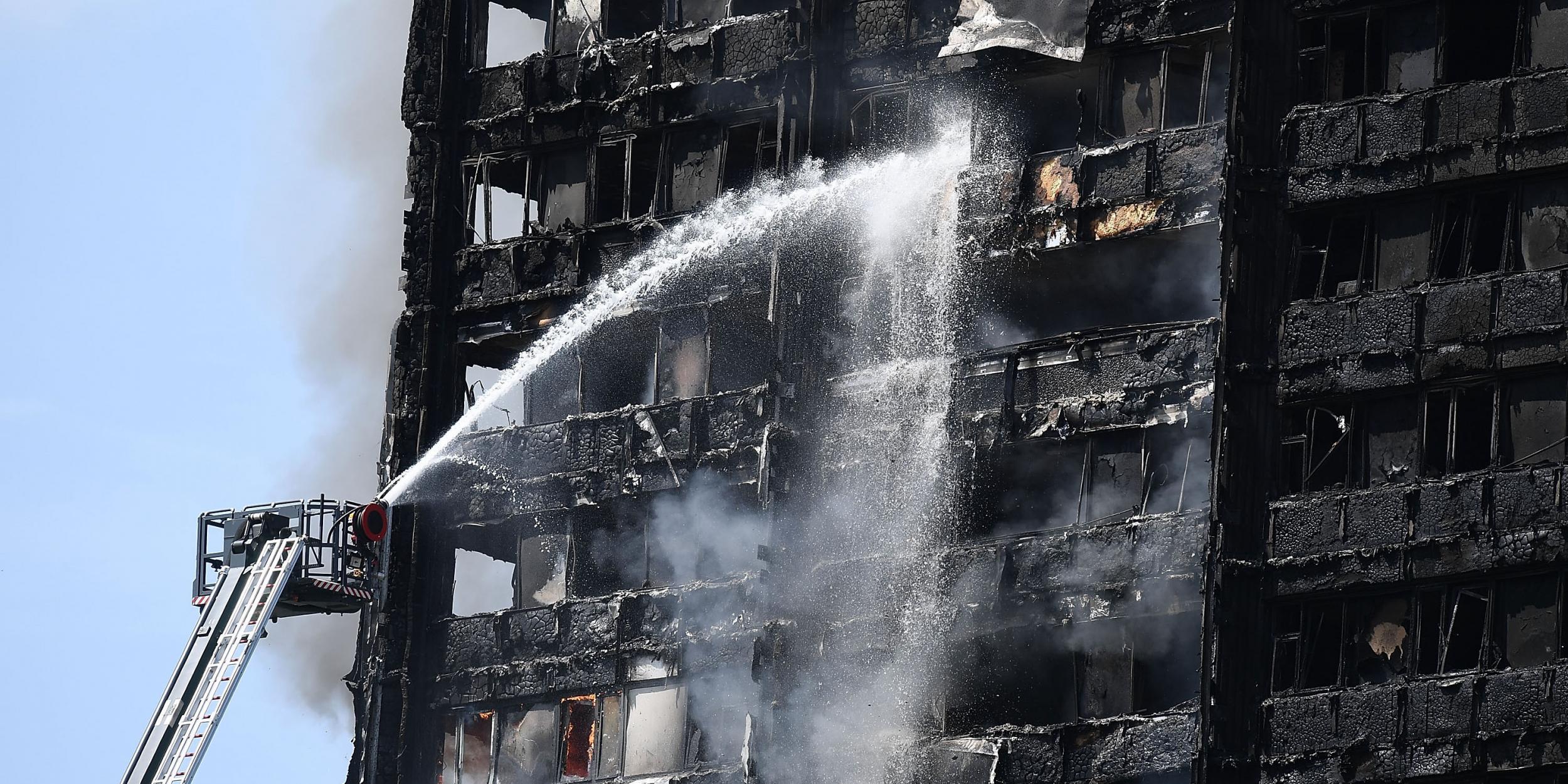Four years after Grenfell, why do high-rise flats still have dangerous cladding?
Labour will try to shame the government in the Commons today: John Rentoul looks at the facts


On the third anniversary last June of the Grenfell tower fire, Mike Amesbury, the shadow housing minister, castigated the government for failing to meet its target of removing all unsafe cladding from high-rise blocks. Writing in The Independent, he said: “Grenfell lifted a curtain on inequality in our country. Yet three years on, the scale of government failure is stark.”
Another eight months on and the target still hasn’t been reached, so Labour will try to keep up the pressure on the government with an opposition day debate in the House of Commons this afternoon.
The Labour motion calls for work on the remaining buildings to start immediately, and for the funds to be obtained by “pursuing those responsible for the cladding crisis”.
So just how badly behind is the government’s response to the Grenfell fire, which killed 72 people in June 2017? The target of removing all Grenfell-style cladding from high-rise flats by June last year was set by James Brokenshire when he was housing secretary in July 2019. The government admitted it wouldn’t meet the target in April last year, saying the work “takes time and must be done safely”.
Now, official figures show that work has begun on all 156 social housing buildings, and on all 54 student accommodation blocks, but that work on 38 private sector buildings (out of a total of 214) has not yet begun. In the private sector, “the question of who is responsible for paying for remedial works has been described as a legal quagmire”, according to House of Commons library research.
This is now where the main injustice lies, in that thousands of leaseholders are unable to sell their flats while the cladding remains, because they are uninsurable. The government has said that it expects building owners in the private sector to bear some of the cost of making their buildings safe, and yet for many individual leaseholders that means that they are trapped if they cannot force the freeholder to carry out the work.
Labour is now drawing attention to new estimates that as many as 4.6 million flats may be hard to sell because lenders require an extra survey to confirm that even low-rise blocks taller than 11m are safe.
Rishi Sunak, the chancellor, made £1bn available in the Budget last year, for both the social and private sectors, but the public accounts committee said that this would meet only about a third of the total costs.
There are other problems that Labour is likely to raise. The government’s focus is on the specific type of cladding used on Grenfell tower, called aluminium composite material, or ACM, but there are other kinds of cladding that are also combustible.
The government can claim to have achieved a great deal, and the legal problems in the private sector are undoubtedly complicated, but the opposition is performing a public service in keeping up the pressure.
Join our commenting forum
Join thought-provoking conversations, follow other Independent readers and see their replies
9Comments